VMware unveils new desktop virtualisation
VMware follows up desktop promise with release of View 3.
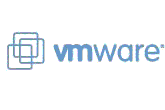

VMware is looking to push virtualisation to the desktop with its latest release of View 3, which rebrands its previous VDI.
View 3 lets organisations virtualise their employees' desktops from the physical hardware meaning they can access their desktop from any computer or thin client device straight from the data centre or cloud.
VMware claims the system also makes administration of client estates easier, as updates and changes need to be rolled out to one master image rather than thousands of disparate machines.
"What virtualisation brings to the desktop is it makes IT people and information-centric, rather than device," said Jocelyn Goldfein, vice president and general manager of VMware's Desktop Business Unit, at a briefing in London yesterday.
She said the View 3 system helps balance IT departments' need to cut costs and centralise with end users' desire to use any device in a mobile way. "Virtualisation has the power to solve this dilemna in both directions," she claimed.
Essentially, IT managers create a main image consisting of an operating system and relevant apps, which is then cloned to create a desktop for users. This means any changes made to the main image can easily be sent down to the user level.
End users also have their own storage, which isn't affected when the main image is changed.
Get the ITPro daily newsletter
Sign up today and you will receive a free copy of our Future Focus 2025 report - the leading guidance on AI, cybersecurity and other IT challenges as per 700+ senior executives
This latest virtual desktop infrastructure (VDI) release has a few new user-friendly additions, the firm said. The technology features a virtual printing system, which essentially does away with the need for drivers, VMware claimed. And, it automatically redirects USBs, so memory sticks remain plug-and-play.
In addition, View 3 has an improved multimedia system, which makes it look like video, for example, is being played in the virtual machine when it's in fact being rendered locally.
Another addition is the still experimental offline mode. While everything is held in the datacentre, the desktop and stored files can be pushed to a device so people can work offline, be it on a flight with no internet access or if doing intensive work which requires a more powerful local machine. "It's running the desktop where it makes the most sense to run it," said Tommy Armstrong, VMware's senior marketing manager for enterprise desktops.
Two versions of the product are available. The Enterprise Edition costs $150 per connection and comes with Infrastructure Enterprise Edition and View Manager 3. The Premier Edition, which costs $250, adds ThinApp, which virtualises applications, and View Composer, a management tool.
This desktop release is one of three aspects in a roadmap announced by VMware at its annual user conference in Las Vegas in September.
Click here for more on VMware's rise to promenence in the IT world and the troubles it faces.
Freelance journalist Nicole Kobie first started writing for ITPro in 2007, with bylines in New Scientist, Wired, PC Pro and many more.
Nicole the author of a book about the history of technology, The Long History of the Future.
-
 Westcon-Comstor and Vectra AI launch brace of new channel initiatives
Westcon-Comstor and Vectra AI launch brace of new channel initiativesNews Westcon-Comstor and Vectra AI have announced the launch of two new channel growth initiatives focused on the managed security service provider (MSSP) space and AWS Marketplace.
By Daniel Todd Published
-
 Third time lucky? Microsoft finally begins roll-out of controversial Recall feature
Third time lucky? Microsoft finally begins roll-out of controversial Recall featureNews The Windows Recall feature has been plagued by setbacks and backlash from security professionals
By Emma Woollacott Published
-
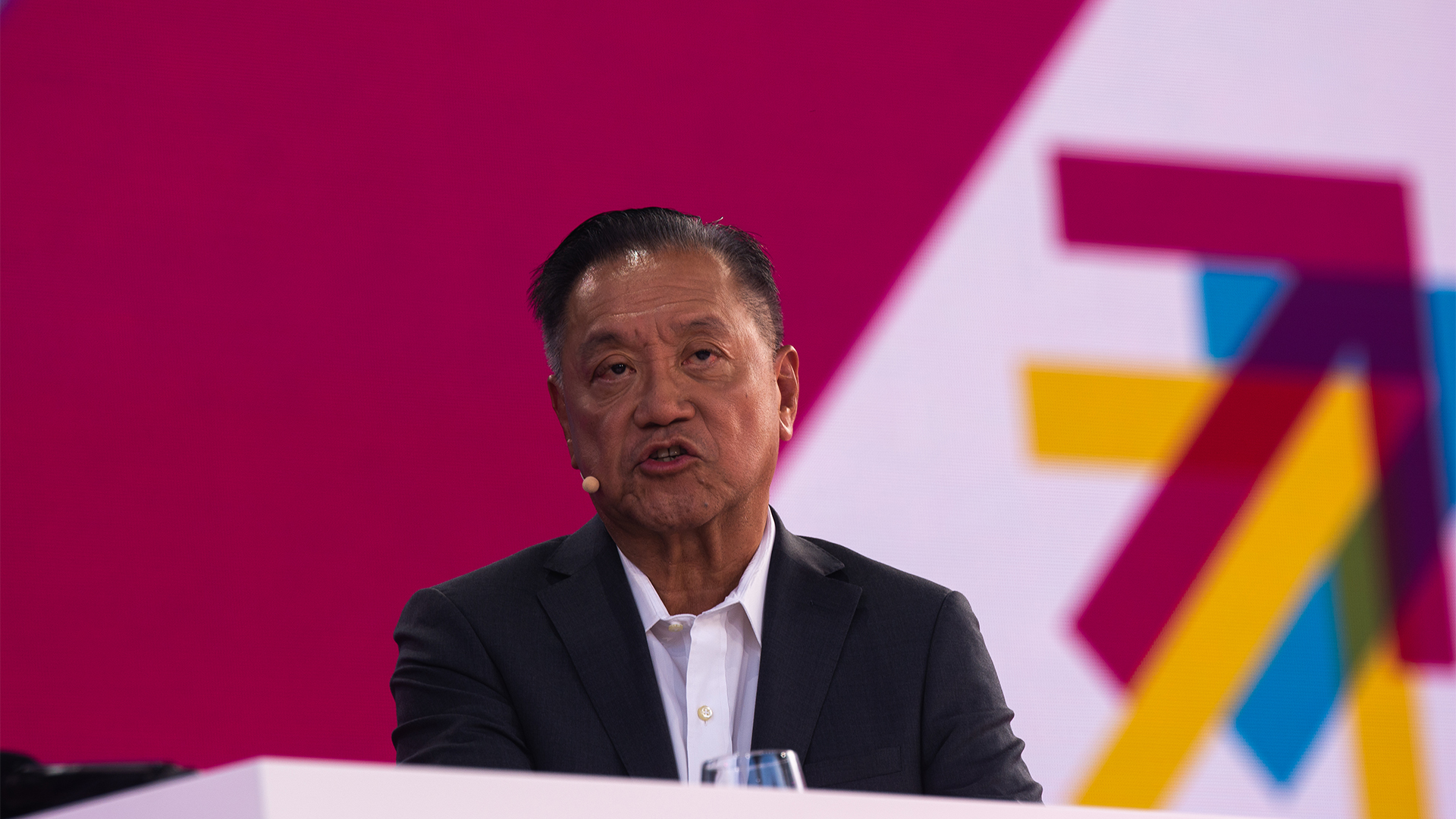 Broadcom records huge growth as CEO Hock Tan hails “successful integration” of VMware
Broadcom records huge growth as CEO Hock Tan hails “successful integration” of VMwareAnalysis The VMware acquisition is finally paying dividends for Broadcom
By George Fitzmaurice Published
-
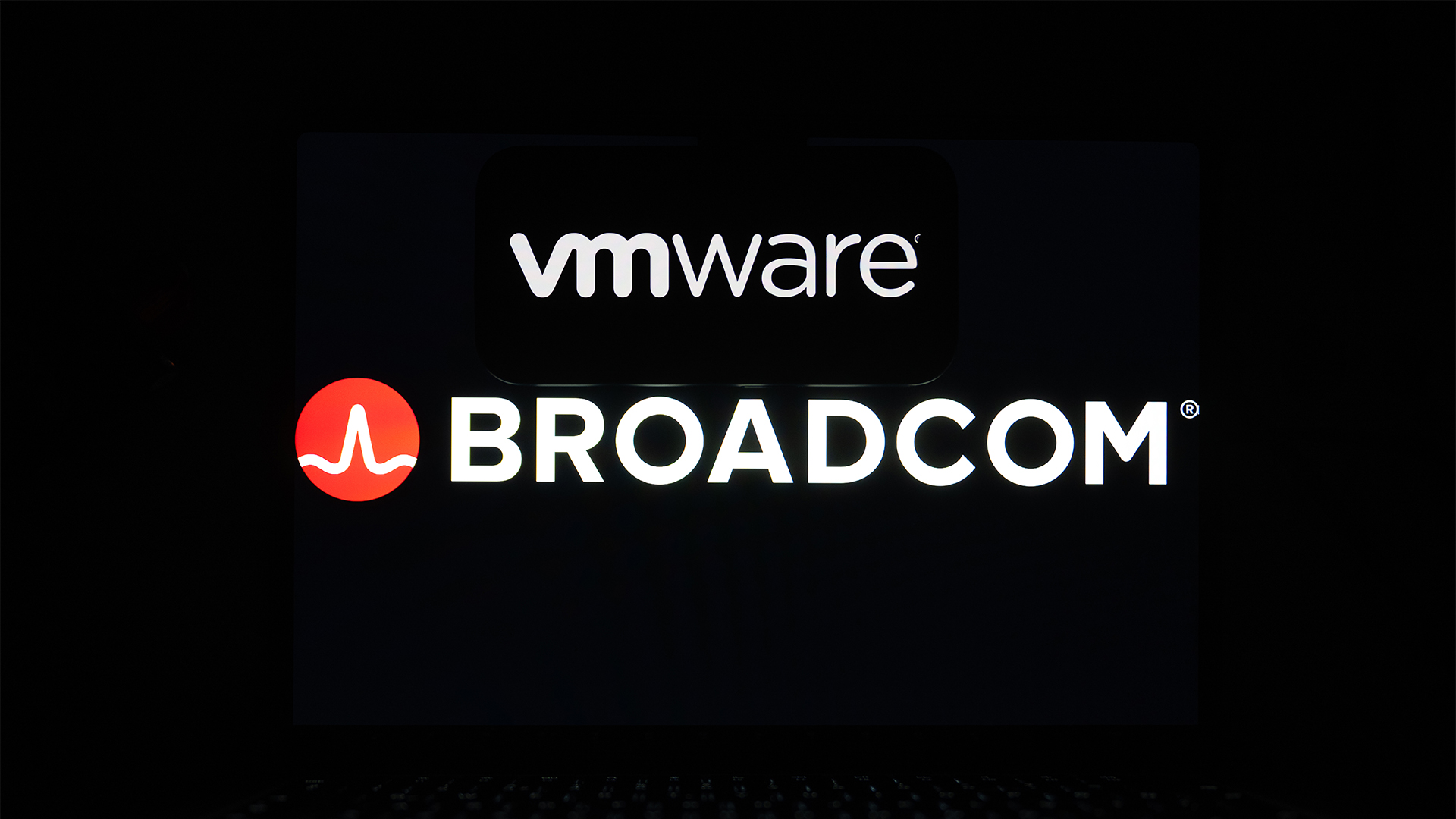 Broadcom EMEA CTO claims the company has been able to solve most of its customer issues following VMware acquisition
Broadcom EMEA CTO claims the company has been able to solve most of its customer issues following VMware acquisitionNews Joe Baguley says the firm has been walking customers through license changes and explaining the value of VMware
By George Fitzmaurice Published
-
 Cloud repatriation may be nipping at hyperscaler market share, but it’s a boon for VMware
Cloud repatriation may be nipping at hyperscaler market share, but it’s a boon for VMwareNews The firm’s private cloud offerings put it in a strong position to aid customers moving workloads out of the public cloud – but repatriation can’t be the only conversation
By George Fitzmaurice Published
-
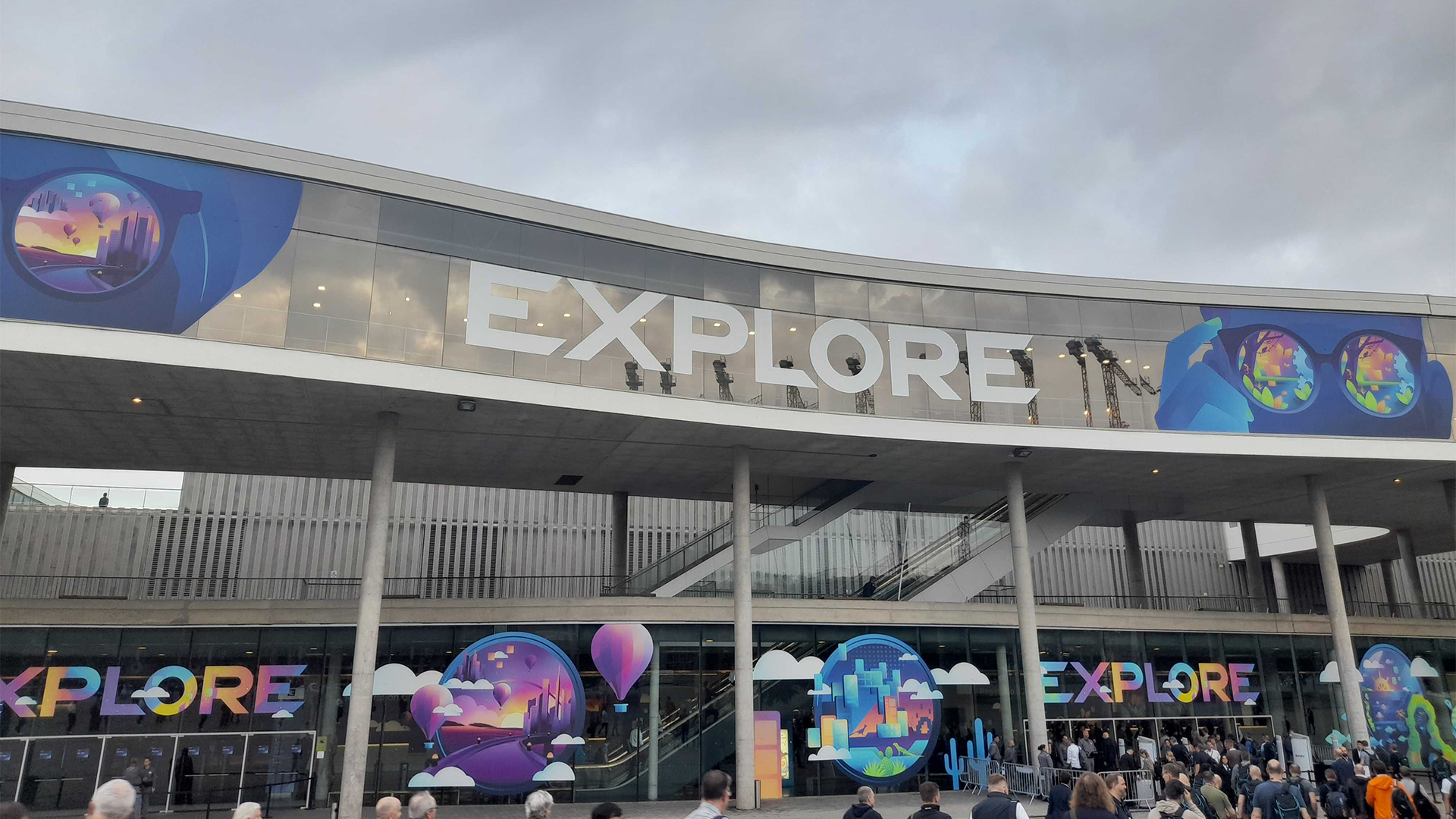 VMware Explore 2024 live: All the news and updates as they happen
VMware Explore 2024 live: All the news and updates as they happenLive Blog ITPro is live on the ground in Barcelona for VMware Explore 2024 – keep tabs on all the news, updates, and announcements in our rolling coverage
By George Fitzmaurice Last updated
-
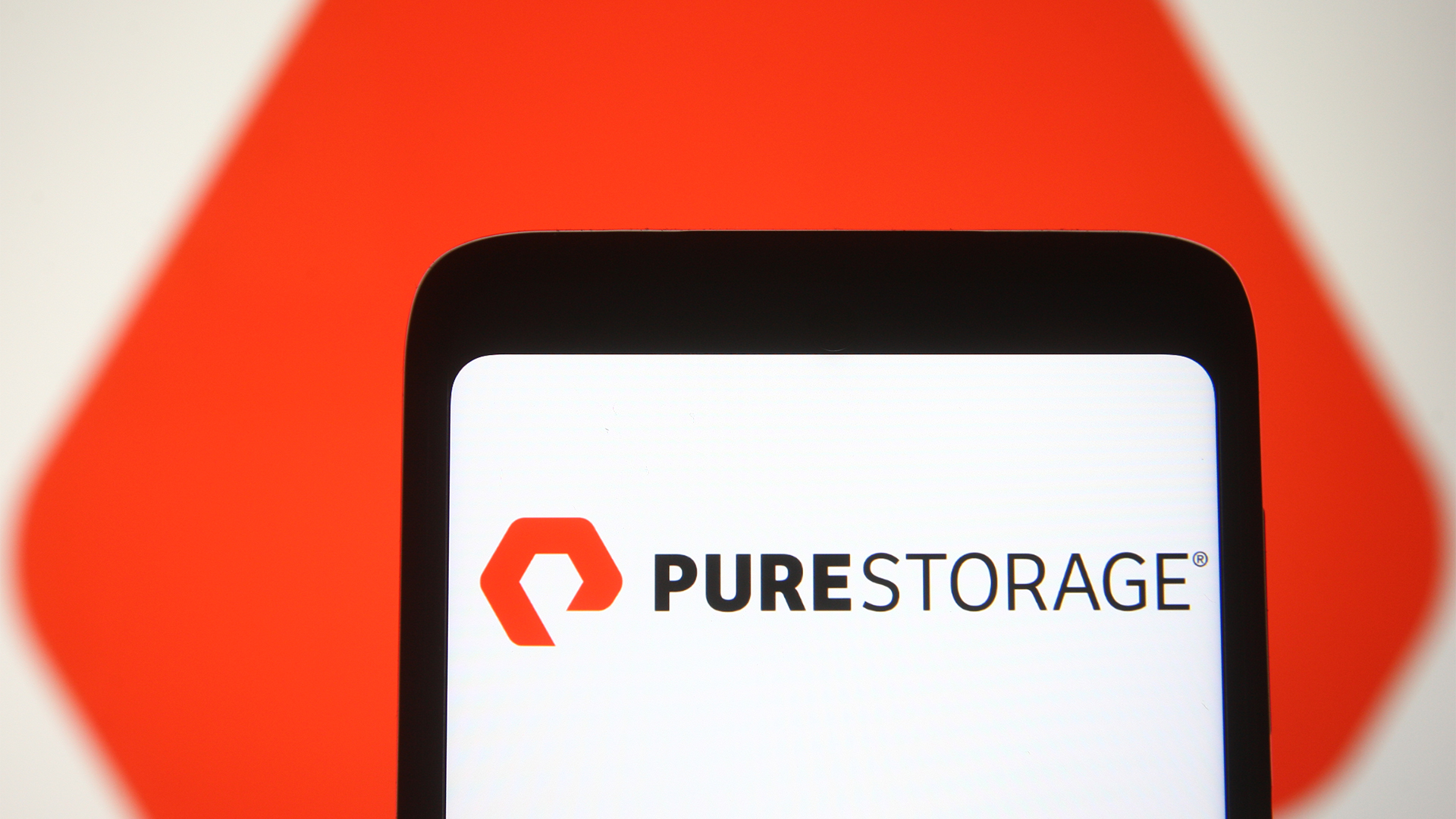 Pure Storage announces VM assessment service – and it could please beleaguered VMware customers
Pure Storage announces VM assessment service – and it could please beleaguered VMware customersNews The firm unveiled a new tool for managing VM costs as part of its Pure//Accelerate London 2024 event
By George Fitzmaurice Published
-
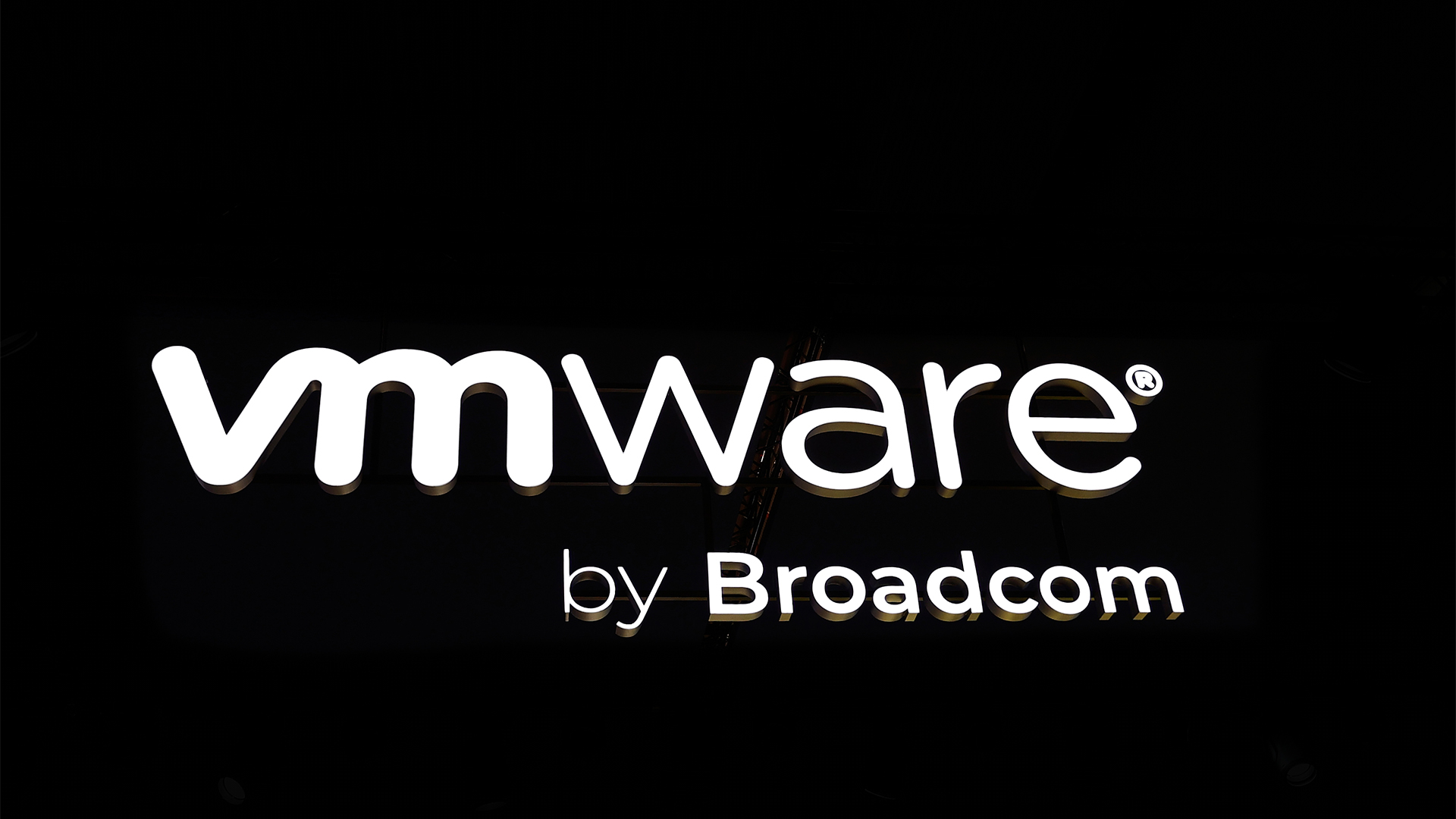 Is a VMware exodus looming? Disgruntled customers are actively seeking alternative providers or exploring open source options in the wake of Broadcom’s acquisition
Is a VMware exodus looming? Disgruntled customers are actively seeking alternative providers or exploring open source options in the wake of Broadcom’s acquisitionNews VMware customers say they are seriously considering alternative providers in light of the turbulence and increasing costs that followed its acquisition by Broadcom
By Solomon Klappholz Last updated
-
 Broadcom wants to unlock private cloud’s potential with VMware Cloud Foundation 9
Broadcom wants to unlock private cloud’s potential with VMware Cloud Foundation 9News An emphasis on simplicity matched with improved customer controls underpins the latest VCF improvements
By Rory Bathgate Published
-
 VMware license changes could spark a wave of data center 'devirtualization'
VMware license changes could spark a wave of data center 'devirtualization'News The increased costs associated with Broadcom’s VMware acquisition is one of the key drivers behind this predicted shift
By George Fitzmaurice Published